They’re warm, they’re hydrophobic but are eiderdown feathers ethical? The answer is a complicated one.
Fetching more than $15,000 for a comforter, or more than $2,000 for a jacket, eiderdown is considered the warmest and most expensive of all down feathers. It’s a booming business with a complicated backstory and questions about its ethics.
The eider ducks
Travel through Canada or Iceland or most coastal parts of the northern hemisphere in early summer, and you may catch a common female eider duck nesting. It’s a sight. Unlike her stylish black-and-white male counterpart, whom you might mistake for a penguin at a distance, the female eider is less colorful but noteworthy in her own muted browns and hints of green-streaked feathers — remnants of spring colors or foreshadowing the cooler colors of the autumn months just ahead. Common eiders are the largest ducks in the northern hemisphere, and their bigger bodies produce warm, highly sought-after down — the most expensive down on the market by a large margin.
Once she’s ready to lay eggs, the female eider duck plucks her own feathers to line her nest, which she builds along chilly coastal Northern waters. The committed mothers-to-be forego food — living instead on their fat stores, which are sometimes not enough, leading some of the ducks to starve to death while waiting for their eggs to hatch — a month, at least.
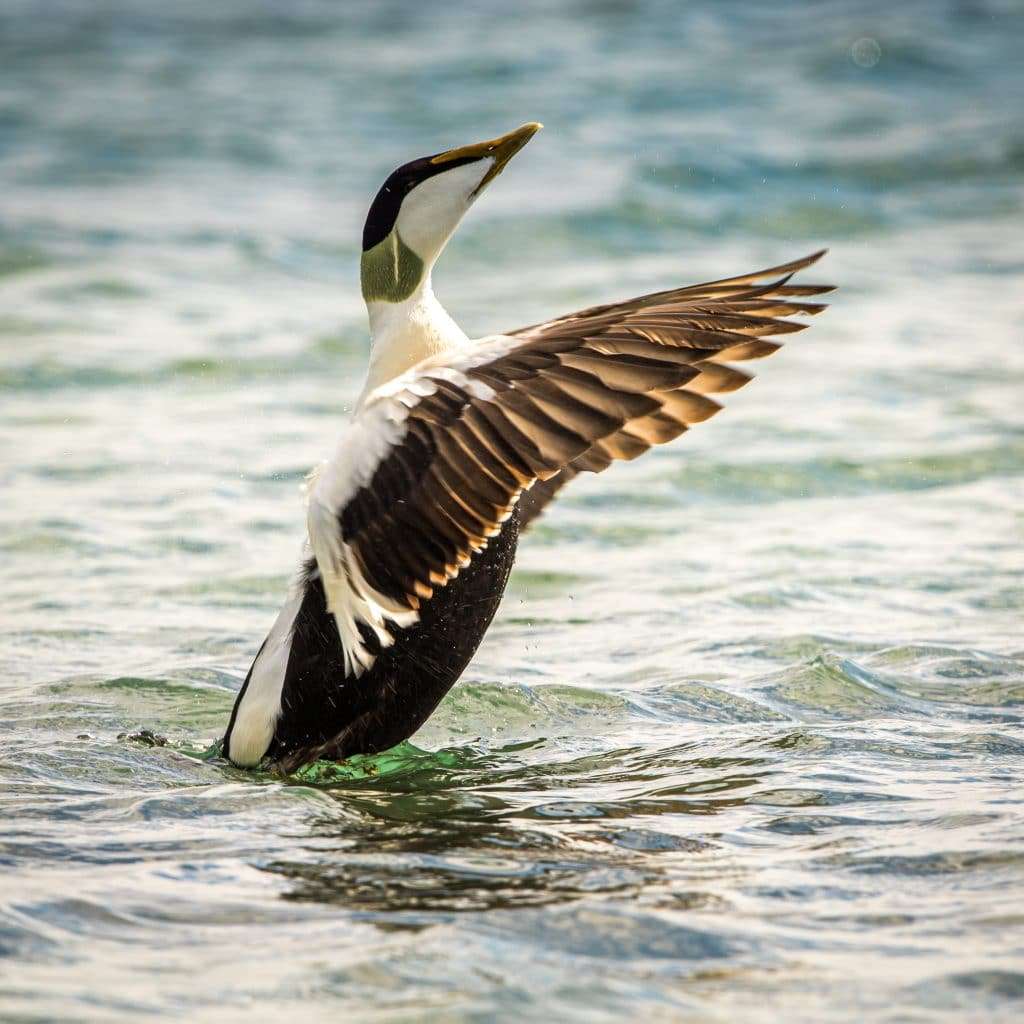
Once the ducklings have hatched and are old enough to leave the nests, they feast together in groups, plucking out mollusks and crustaceans from the sea before migrating for the winter.
It’s then that the eiderdown harvesters swoop in. Unlike traditional goose or duck feathers that are byproducts of the meat, egg, and foie gras industries, eider ducks aren’t harmed during the collection of their feathers. Typically, they’re not even there. The feathers are retrieved from their abandoned nests. That’s far more ethical than the conventional down harvesting, but it’s not a black and white issue.
Eiderdown
Eider ducks have been known for their soft downy feathers for ages. Vikings filled their beds with eiderdown. The feathers were a worthy stand-in for payment to tax collectors in the Middle Ages. Middle Eastern royals reportedly slept under eiderdown bedding in those cool desert nights.
Eiderdown is light and fluffy but also intensely insulating, something you’d expect from an Arctic seabird. According to the Audubon Society, a 2017 comparison between goose down and eiderdown found that eider feathers’ barbules feature tiny hooks that held the down together — a benefit to the ducks’ feather-filled nests. “That means that if a hen gets up to drink water, her hard work won’t fly off in the wind, and it makes the insulation even warmer by trapping more air,” the Audubon Society noted.
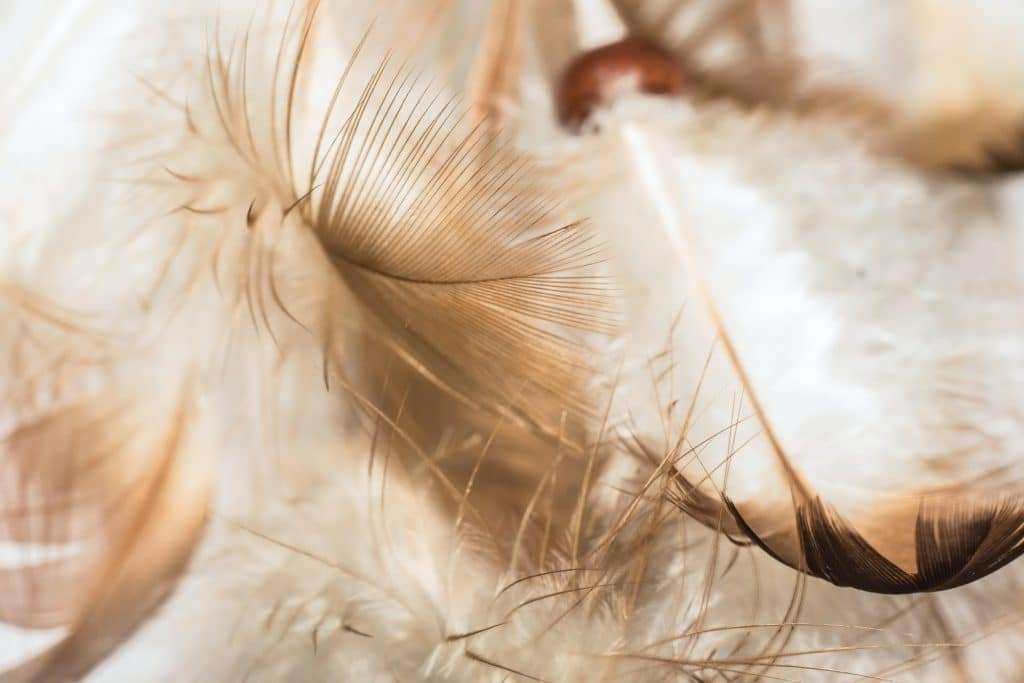
According to eiderdown company Icelandic Down, eiderdown “is completely quill-less” meaning there are no feathers, which it says, gives it “uniquely superior insulating properties” and makes it longer-lasting because crushed feathers, common in goose down, negatively impact a duvet’s ability to spring back to shape. The brand says eiderdown is more comfortable due to the absence of hard feathers.
Eiderdown harvesting
Eiderdown harvesting mirrors truffle hunting more than it does typical down production. It’s collecting, a quiet art of observation and focus. It’s a meditation.
“Environmentalists, economists, and ornithologists have all fallen in love with Icelandic [eiderdown] harvesting,” Edward Posnett wrote for The Guardian in 2019. Posnett traveled to Iceland and shadowed eiderdown harvesters. “There is an irresistible simplicity to the relationship between the harvesters and the eiders. If a harvester cares for the ducks, more and more will come to nest, increasing the amount of down that can be gathered.”
Conventional goose and duck-down sourcing practices aren’t quite the same.
“The vast majority of the 270,000 metric tons of commercial down produced each year is a byproduct of goose and duck meat industries in Asia and Europe, where the birds might be live-plucked or force-fed for foie gras before heading to the slaughterhouse,” reports the Audubon Society. “Animal welfare advocates consider these cruel practices that they want to see eliminated from down’s complex supply chain.”
Eiderdown harvesters, some of whom are second or third-generation collectors, collect the down from the abandoned nests after the birds have left for the season. Eider ducks are the only birds who molt their down.
In some eider communities, such as Canada’s Lower St. Lawrence Islands, there are conservation efforts tied to the purchase of eiderdown. In Iceland, the world’s leading eiderdown producer — it’s a multi-million-dollar industry there — harvesters protect the areas while the birds nest for the season.
But as far back as 1939, there were concerns about eiderdown harvesting. In an article published in the journal Nature in September 1939, researchers questioned the longevity of Canada’s eiderdown collecting in St. Lawrence.
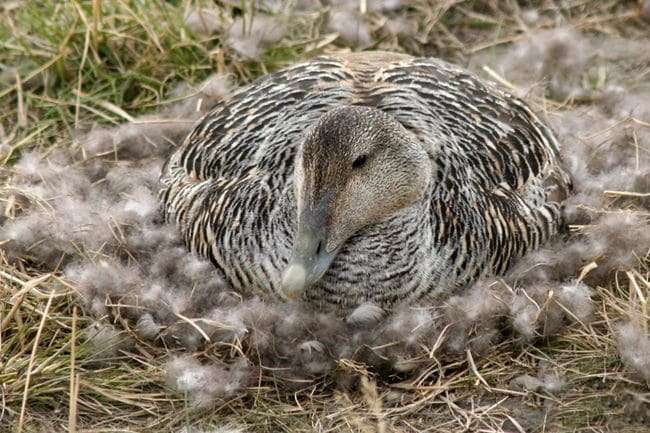
“The numerous islands which border the north coast of the Gulf of St. Lawrence have long been a breeding ground of eiderducks. But it is only since 1933 that a supervised industry in the collecting and marketing of eiderdown has been established. During the past six years the export of cleaned eiderdown has increased five-fold, and the recognition of the value of the birds has led to active protection and encouragement of an increasing stock of nesting ducks. Where the eiderdown industry has been established severe penalties are enforced for their destruction or molestation. The collection of the down, it is reported by the Office of the High Commissioner for Canada, does not interfere with the regular hatching of the eggs, and as a result of this and of protection the colonies of eiders have been steadily increasing in numbers. For the purpose of eiderdown production, residents of the Gulf-shore area now lease from the Province of Quebec suitable coastal islands at a nominal rental for a period of five years, and each lessee is supplied with a permit under the Migratory Birds Convention Act authorizing him to collect, possess and sell eiderdown taken from the nests in his leased area. We trust that a close watch will be kept upon this new industry and that definite counts will be made by scientific observers at periodic intervals to test the effect of the trade upon the number of birds. The conditions of the leases granted to the down collectors are unknown to us, but it is hoped that some provision is made to check what might easily develop into ruthless destruction at the close of a period of lease, if the lessee suspected that renewal might not be granted.”
There have been other concerns over the years, including sedating eider predators — a practice that was once widespread across Iceland — approved and employed by the government as well as farmers.
“Such techniques may have saved the lives of countless ducks, but they have historically proved highly destructive to the island’s ecosystem,” Posnett wrote. “In the early 1980s, for example, more than 4,000 ravens were killed per year under the country’s pest control programme. Worse, the disappearance of Iceland’s white-tailed eagle, which almost went extinct in the 1960s, has been attributed partly to the activities of eiderdown farmers. Although eagle numbers have now recovered, their torrid history speaks of what Andri Snær Magnason, himself an eiderdown farmer, calls the ‘dark side’ of the eiderdown trade: however virtuous harvesters may be, they have a strong incentive to kill any species that threatens the prized bird.”
If eiderdown is collected before an egg has hatched or disturbs a nesting female, she can produce a brown, oily, and odorous liquid aimed to protect the nest by offending the predator. But if the liquid touches an egg, she will reject it.
Mistaking a temporarily empty nest for an abandoned one and harvesting eiderdown too soon can lead the females to overpluck their feathers, which can overexpose the females to the cold air. Without enough insulation, this can be fatal to some birds or make her incapable of protecting her eggs properly.
Climate change impact on eiderdown
One of the biggest threats to eiders in recent years is the warming climate. A study published in the journal Biological Conservation in 2018, found polar bears were eating eider eggs as ice melt makes it difficult for the bears to hunt for seals, their main food source. They need the ice to take them out to sea to find the seals.
That melting ice is allowing eiders to access more food sooner. That means they are growing bigger and can produce more eggs. But that’s not necessarily a benefit.
Eider populations are fairly robust, and the researchers say even with polar bears eating eggs the populations will continue to be stable for the next several decades at least. But what’s already happening is that instead of nesting in colonies, the eiders are dispersing, a behavior they’ve exhibited in Alaska recently, too, in order to make it more difficult for the bears to find the nests. Polar bears can destroy an entire colony, eating all of its eggs in a matter of days.

“It’s often called an arms race between the prey and predator,” Grant Gilchrist, a research scientist with expertise in Arctic marine ecology, said in a 2017 interview. “Right now, because this amount of devastation is a fairly new phenomenon, the birds are still nesting in pretty big colonies, and the bears are destroying them.”
“Those two effects — the more females breeding and larger clutch size — actually almost perfectly cancel out in our models the effect of polar bears eating more of their eggs,” explained Cody Dey, a researcher at the University of Windsor and lead author of the study.
“Now we’re seeing pretty much 90 percent of nests have been depredated by polar bears,” said Dey.
“This is probably the largest eider colony in the world and it’s having pretty much no reproductive output at all.”
This will impact eiderdown harvesters’ ability to efficiently collect the down.
Another scenario could see efforts to stop polar bears from hunting the eggs. And with the bears already critically endangered, human interference could lead to further population declines.
Eiderdown demand
As consumers turn away from conventional down linked to animal cruelty, demand for eiderdown has never been higher. This is bringing an influx of new harvesters, many of whom may disturb active nests. This is putting pressure on the rest of the often-fragile ecosystems when they’re trampled by eider foragers.
It also brings questions about authenticity. How do you know if you’re getting real eiderdown?
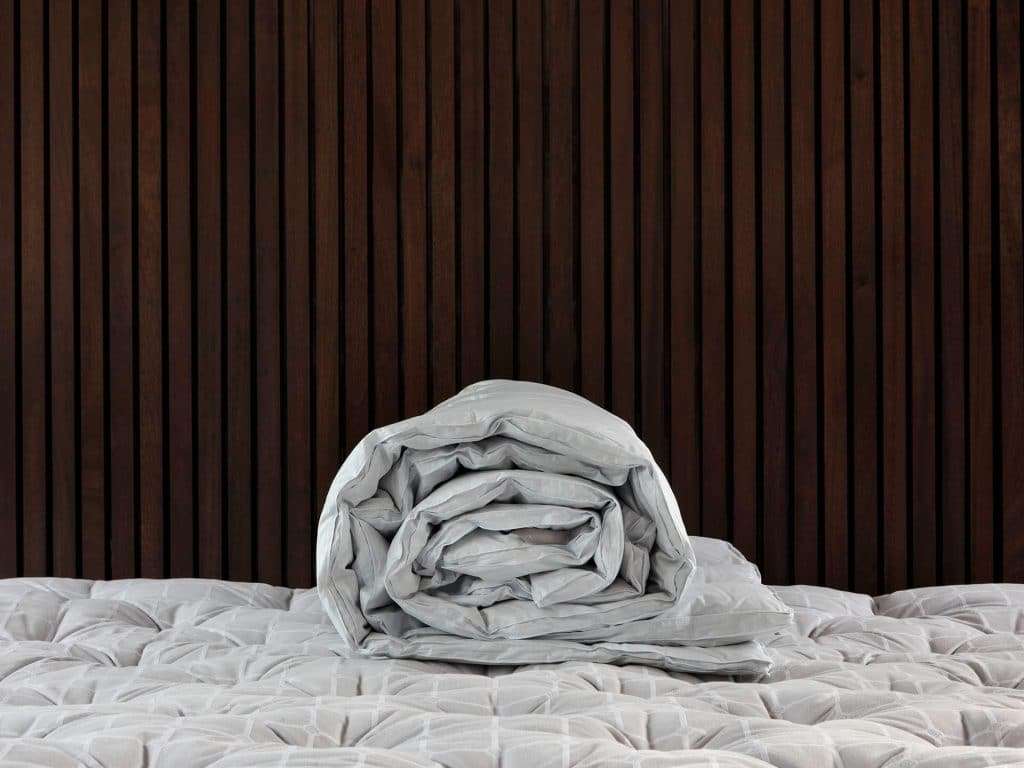
Since 1970, Icelandic law has required all eiderdown to be certified before it’s exported. There are inspectors that check the quality and weight. Bags are sealed with wax to ensure authenticity. The majority of the world’s eiderdown comes from Iceland.
Icelandic Down says it sends out two certificates with every purchase.
“One is a veterinary certificate guaranteeing the origin of the eiderdown and stating that the eiderdown is collected from healthy birds.
“The second certificate comes from one of twelve quality inspectors who have been appointed by the Icelandic government to oversee that all eiderdown sold and exported in Iceland is pure, quality eiderdown and that the weight described is accurate.”
As consumers seek out more sustainable and ethical products, many are relying on the Responsible Down Standard. It’s an independent, voluntary standard developed with input from industry experts, animal welfare groups, and brands. But the standards have been repeatedly criticized by animal rights groups for allowing live-plucking and other cruel practices to continue. The Responsible Down Standard can also confuse consumers into thinking their goose or duck down is actually eiderdown or harvested in a similar manner.
Is synthetic down better?
Technology has brought a number of synthetic down replacements in recent years. Many can perform better than down when wet or compressed. And now alternatives are proving just as warm and breathable as down. Another bonus: they’re a lot cheaper.
NASA developed aerogel, a synthetic down-like material, is available in some jackets. Some brands, like Columbia and Rab, are producing their own proprietary down alternatives. Polartec created a synthetic in 1981 and has been innovating ever since to make its synthetics biodegradable and recyclable.
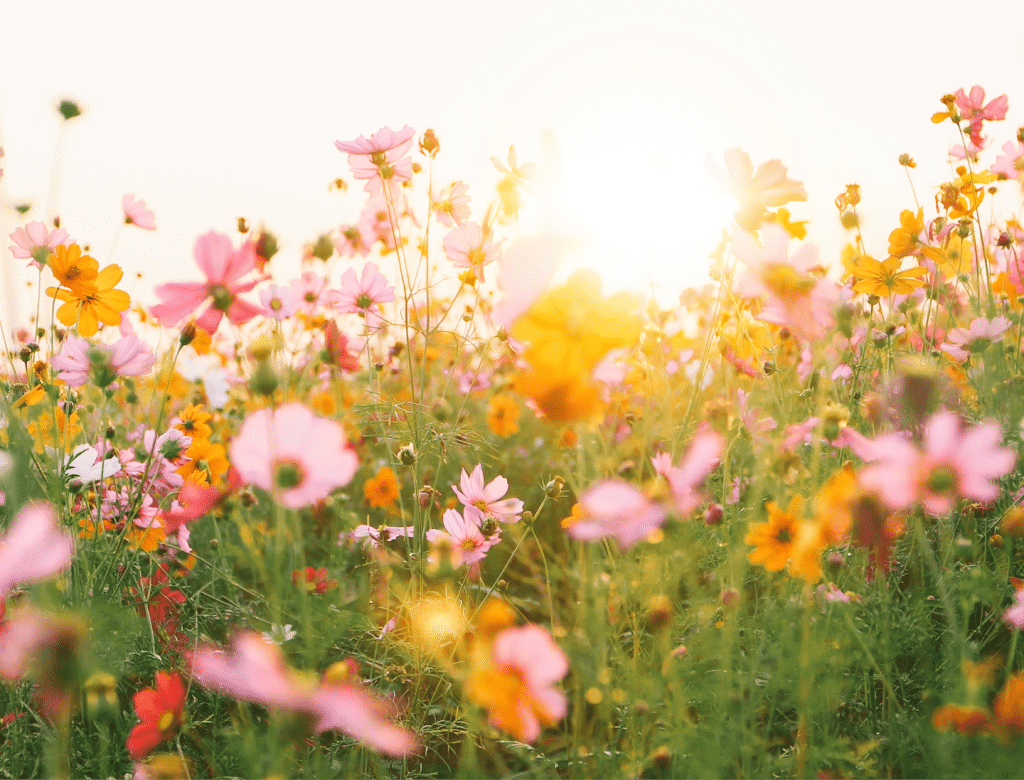
Pangaia turned to wildflowers to reproduce a down-like filling in a jacket. The bio-based filling is housed in a shell made from recycled plastic bottles.
Some brands are reusing down by sterilizing and recycling the feathers. Sustainable outdoor gear giant Patagonia has committed to using 80 percent recycled down.
Eiderdown’s future
Posnett noted that Iceland’s eiderdown industry shows signs of changing, especially as tourists descend on the country and people are leaving the rural areas for cities. Younger harvesters are abandoning the trade because of the weather and the isolation.
“In many remote communities, cut off from urban centres by the harsh contours of landscape, stretches of water or walls of rock, encountering the global market has been a source of trauma, leading to a collapse in the old ways of living and seeing,” he wrote.
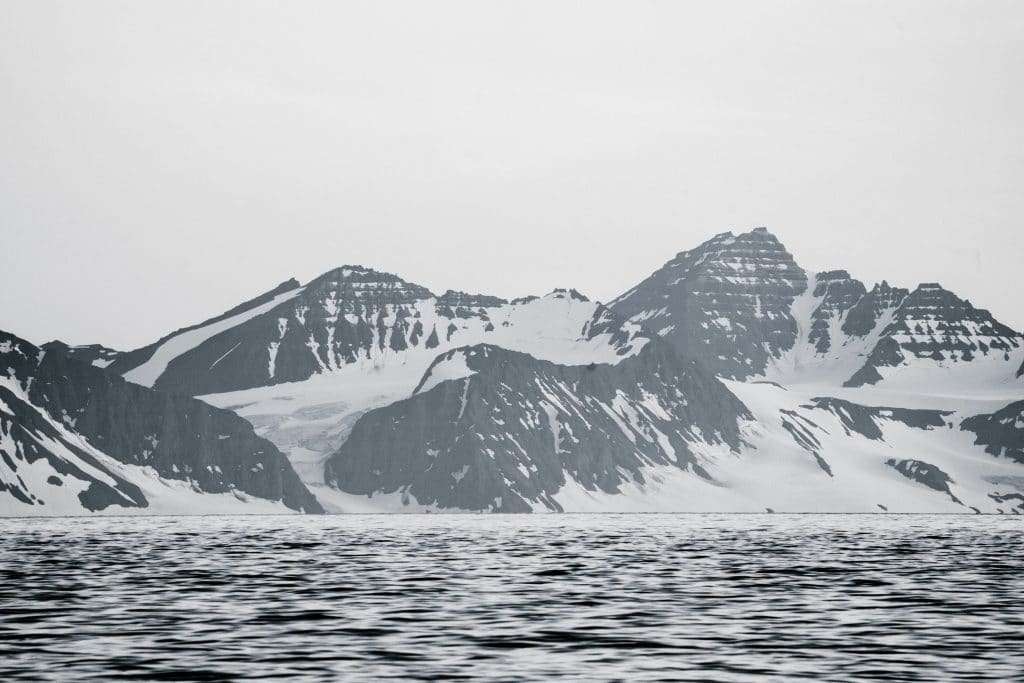
According to Posnett, the recent history of the Westfjords, where the bulk of Iceland’s eiderdown is harvested, is really the story of rural depopulation, “of a vanishing culture next to the Arctic Circle,” he says.
“Over the past decade, countless farmers have packed up and left the region, tired of the weather, isolation and poor roads. The region’s tunnels and bridges, intended to increase mobility, have served as escape routes, emptying the fjords of Icelanders.”
Dey also says the future for the eiderdown market is largely uncertain. In Canada, Inuit harvesters face challenges from the changing ecosystems. It takes more time and resources to harvest now than ever.
“It might be the case that these ecological changes would increase the price of Canadian down,” Dey says. Price increases would make it less competitive, and, even, less desirable.
“We are quite worried about this for our Inuit partners. It’s a cultural activity,” Dey says. And if the eiderdown becomes increasingly difficult to source, that could mark the beginning of the end. “It can weaken the connection with people and the natural landscape they live in.”
Related on Ethos:


